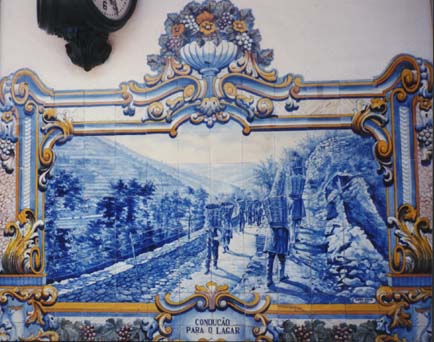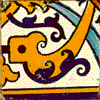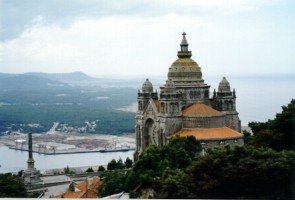
 The art of the Azulejos runs throughout the history of Portugal,
and can be traced back to the Moors in the Middle Ages.
This most typical of Portuguese art forms continues right up to the present day, and is widely represented from the north to the south.
The art of the Azulejos runs throughout the history of Portugal,
and can be traced back to the Moors in the Middle Ages.
This most typical of Portuguese art forms continues right up to the present day, and is widely represented from the north to the south.
Manuelino art appeared at the end of the Gothic periode, and is set in between this style and the Renaissance era. It lasted for 50 years (1490 - 1540), and takes it's name from King Dom Manuel I who was responsible for the construction of many buildings.
Manuelino art springs out from the days of the great sea explorations and meetings with new cultures.
The characteristics are elements of marine flora, shells, ropes, sails and twisted columns.
There are few entirely Manuelino buildings. The famous Torre de Belém in Lisbon is the best known example.
Of religious architecture, the best example is Mosteiro dos Jerónimos in Belém.
Often the Manuelino influence is more modest taking form of ornamentation of a doorway, a window, or a pillary.
Manuelino art is most evident between Coimbra and Beja, but there are examples to be found all over Portugal including the Madeira island and the Azores.

Manuelino art
Click here for the following page